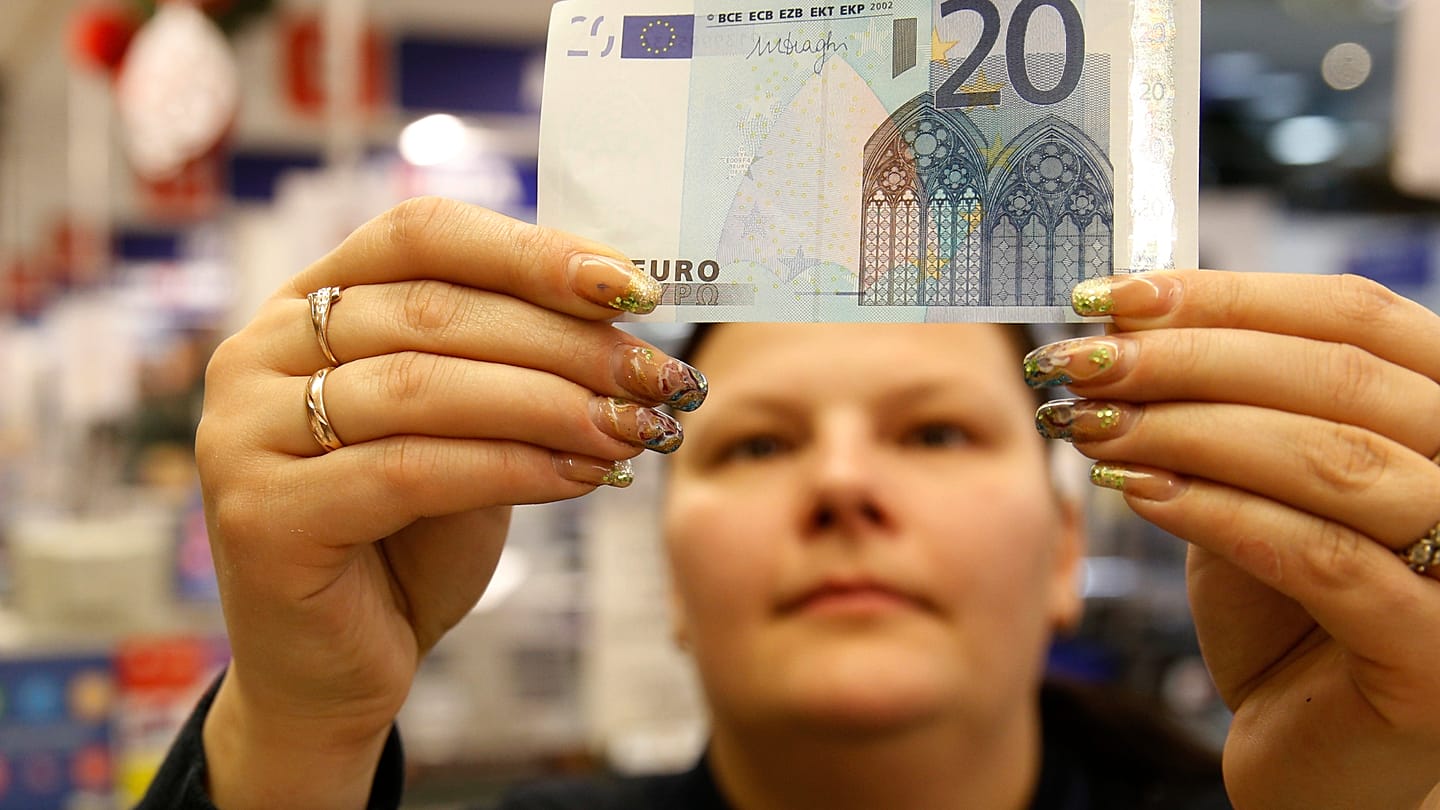
Over the past few years, households in Europe have weathered a major cost of living crisis, exacerbated by Russia’s war in Ukraine and post-pandemic supply shocks. Many families have been forced to limit their spending, and households continue to count the pennies — even as inflation nears the ECB’s 2% target.
One useful measure of the revenue households bring in is ‘median equivalised net income’. That refers to the typical income per person, adjusted for household size and after tax.
As of 2024, the median equivalised income across 34 European countries ranges from €3,075 in Albania to €50,799 in Luxembourg.
Within the EU, Bulgaria has the lowest median equivalised income at €7,811, while the EU average stands at €21,582.
At the top, Switzerland and Norway join Luxembourg in leading the rankings, followed by Denmark, Austria, Ireland, the Netherlands, and Belgium, all within the €30,000–35,000 range. Finland, Germany, Sweden, and France also sit above the EU average.
By contrast, North Macedonia, Turkey, and Montenegro sit at the bottom of the ranking.
Within the EU, Hungary and Romania — alongside Bulgaria — also record totals below €10,000.
An East-West divide
The figures reveal a clear split: Western and Northern European countries enjoy the highest median incomes, while Southern and Eastern regions trail behind. The gap between Luxembourg and Bulgaria, for example, exceeds €40,000.
Dr Stefano Filauro, an assistant professor at Sapienza University of Rome, told Euronews Business: “The level of average prosperity observed in 2024 reflects long-term structural factors such as historical growth paths, industrialisation and welfare development.”
Productivity and economic structure matter
Differences in productivity and industrial composition help explain the gap, said Giulia De Lazzari, an economist at the International Labour Organization (ILO).
“Higher productivity enables countries to sustain higher wages,” she told Euronews Business.
This means nations with large high value sectors — such as finance, information technology, or advanced manufacturing — tend to pay more, while those reliant on agriculture or basic services have lower wages.
Adjusting for purchasing power
When adjusted for the purchasing power standard (PPS) — an artificial currency unit that equalises what money can buy across countries — the gap narrows but remains large.
Median equivalised net income ranges from 5,098 PPS in Albania to 37,781 PPS in Luxembourg. The EU average is 21,245 PPS, with Hungary (11,199 PPS) the lowest among EU members.
The gap between the lowest and highest in the EU is about 26,500 PPS, compared with nearly €43,000 in nominal terms.
Countries such as Poland, Romania, and Bulgaria perform notably better when incomes are measured in PPS rather than in nominal terms.
Among the EU’s “Big Four” economies, Germany and France remain above average, while Italy and Spain are just below it.